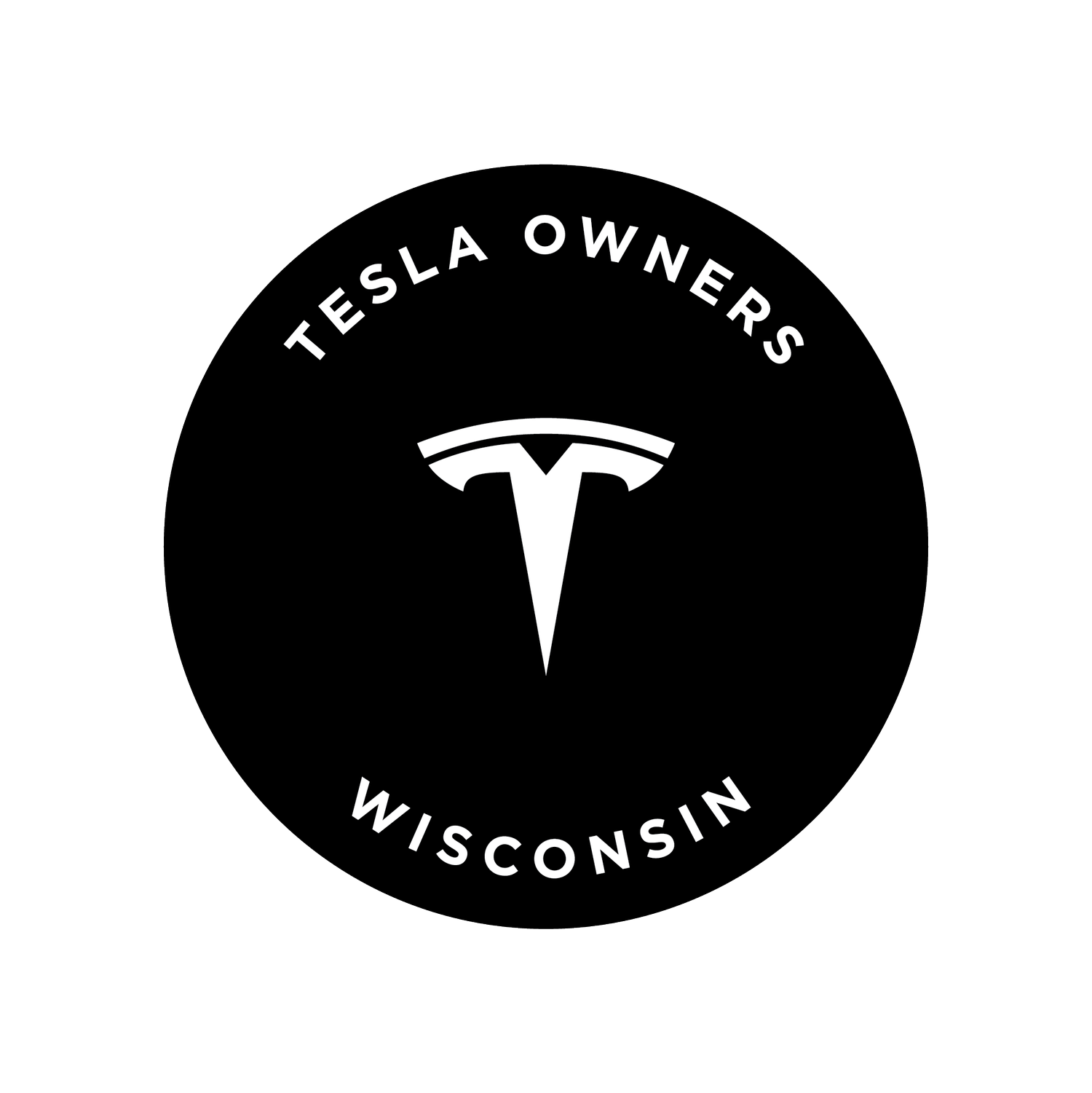Tesla Li-Ion Batteries – Battery capacity/health Anxiety
Battery data for capacity/range is controlled by the battery management system (BMS). Issues with the reported capacity and/or range for your battery can be caused by one of these two reasons:
· BMS is not able to maintain calibration and the accuracy has drifted
o The BMS needs a variety of readings across a range of states of charge in order to maintain accurate calibration
· The battery has become out of balance as individual cell voltage can drift
o The cell balancing process is used to get all the individual cells in a battery pack at the same level of charge (voltage in the cell)
o An unbalanced battery causes difficulty for the BMS to determine the real capacity of the pack while protecting the individual cells in the battery pack.
· Each of these conditions requires a different “fix” and both may be needed in some instances to obtain accurate capacity/range readings for the battery. Detailed processes of the process are after the Before Contacting Tesla section.
BEFORE CONTACTING TESLA (simple test)
If your car is showing what you believe is a high battery degradation issue, follow these steps for a quick check to validate your concerns.
· Let the car run down to a low charge state, below 20% is good.
· Leave the car in this state for several hours. Overnight, if possible, is best.
· Charge to 100% in a single session (BMS needs the data from a low% to100% charge for its calibration to understand the high and low boundaries for capacity).
· You may immediately see a range increase as you do this. This is normal
· Repeat the process a few times if required. Each time the process is repeated you should see an increase in range.
If the car has not been left below 50% state of charge for some time you can focus on a more in-depth calibration first. In this case the BMS may not know what the low limit of the battery is. If you are still worried that the battery has high degradation after doing BMS calibration and cell balancing contact Tesla
MORE DETAILED/TECHNICAL SOLUTIONS
The BMS is responsible for looking after the battery, managing charging, and calculating the amount of energy stored in the battery. For it to maintain calibration it requires accurate readings at various states of charge. The calibration process is compromised if the car is constantly being driven or charged.
· Leave the car overnight and/or during the day without Sentry mode, HVAC, or charging active. This will allow the car to go into a deep sleep mode for several hours.
o 2170 cells (Models 3 and Y) require about 3 hrs to achieve a deep sleep.
o 18650 cells (Models S & X) enter deep sleep in about an hour (25% of the time required for 2170 cells)
o I do not have information for 4680 cells at this time.
· Do Not charge the car every night or immediately upon returning home. Leave the car unplugged at different states of charge ideally between 10 & 97%.
· Turn off all 3rd party apps and do not check on the car using the app unless it is necessary.
The goal is to have the car deep sleeping for 4-6 hours to get multiple readings at the various charge levels. This process can take some time, but the car should recalibrate itself using the readings. Accuracy improves with more readings. It may take several months to collect enough data for the BMS to indicate a more accurate state of the capacity/range.
CELL BALANCING
The cells in the battery will work to balance out, to a point, if the car is simply left alone. It is beneficial to charge to 100% when working to balance the cells. Keep charging until there is no longer current flowing into the battery. Check the Tesla app to ensure that no current is still flowing into the battery. If anything is running in the car you will see amps, volts, and the charge cable showing energy flowing.
· Plug the car in to charge, preferably using AC (level 2) charging methods.
· Set the charge limit to 100% and let the car sit undisturbed
· When battery reaches 100% it may say “charging is complete”. There may still be energy flowing into the battery. Continue charging until the car stops taking on current.
· If the car does not allow, or get to, 100%, it may be a calibration issue. Resolve the calibration issue first (See prior process)
NOTE: Do not let the car sit with a fully charged battery for long periods of time. It is recommended to drive the car soon after completing the charge to 100%.
